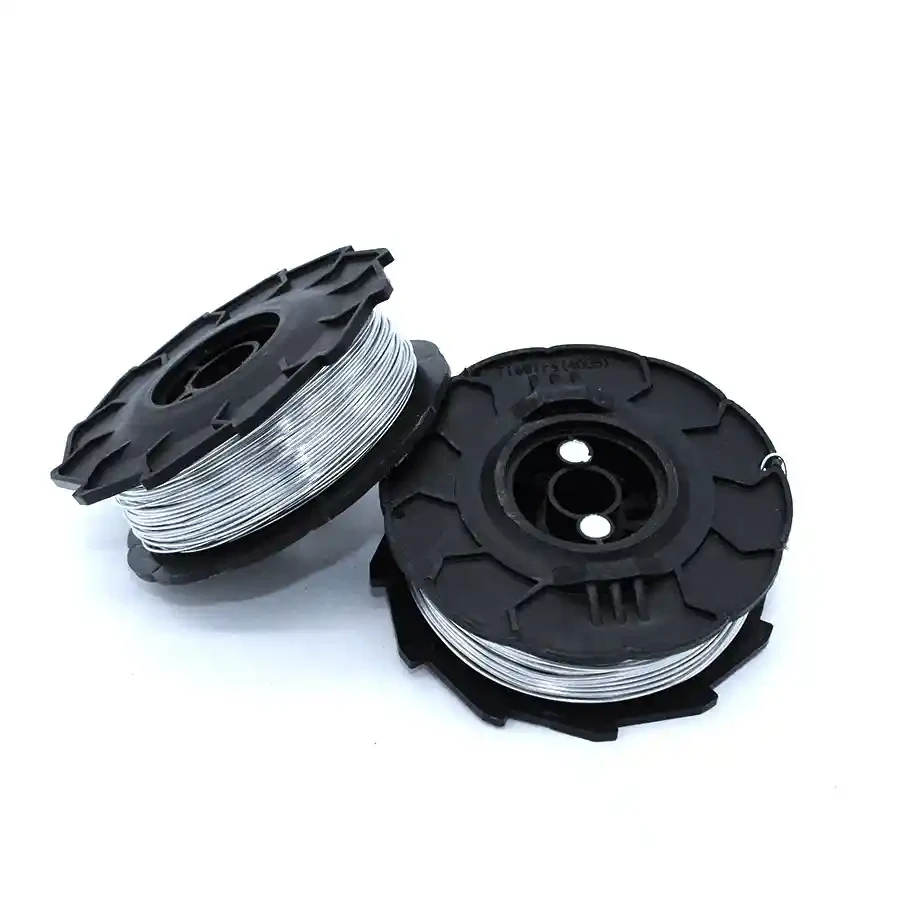
- Mobile Phone
- +8613931874955
- sales@cntcmetal.com
long brick ties
The Versatility of Long Brick Ties in Construction
In the field of construction, structural integrity and aesthetic appeal are paramount. Among the myriad of components that contribute to a stable and attractive building, long brick ties stand as an unsung hero. These seemingly simple strips of metal play a crucial role in the stability and durability of brick structures, making them an essential element in modern masonry.
Understanding Long Brick Ties
Long brick ties, commonly referred to as masonry ties, are typically made of galvanized steel or other corrosion-resistant materials. They are designed to secure brickwork to the underlying structure, usually a wooden or steel frame. The ties create a strong bond between the brick veneer and the wall, ensuring that both materials work in unison to withstand various stresses, including wind loads and seismic activity.
One of the key features of long brick ties is their length. Compared to standard ties, long brick ties provide enhanced anchorage, especially in situations where the veneer is significantly thick or when the wall height requires additional support. The extended reach offers better resistance to lateral forces, minimizing the risk of cracking or detachment from the main structure.
Applications in Modern Construction
The applications of long brick ties are vast and varied. In residential construction, they are essential for supporting interior and exterior walls, ensuring that brick facades remain intact and durable over time. Moreover, they are commonly used in commercial buildings where larger surfaces and heavier materials are involved. High-rise constructions, which face unique engineering challenges, also benefit significantly from the use of long brick ties, as they enhance the overall stability of the structure.
In addition to their structural role, long brick ties have aesthetic implications. Properly installed ties help maintain the straightness and uniformity of brick alignments, contributing to the visual appeal of the finished product. A well-finished brick wall speaks volumes about the quality of workmanship, and long brick ties ensure that the aesthetic value is preserved.
long brick ties

Installation Considerations
The installation of long brick ties requires careful planning and execution. Engineers and architects must consider various factors, such as the type of bricks, wall thickness, and environmental conditions, before determining the appropriate number and spacing of ties. Typically, ties are installed at intervals specified by local building codes, taking into account the unique requirements of each project.
During the installation process, it is crucial to avoid common mistakes that can compromise performance. For instance, insufficient embedding of the ties in mortar joints or improper alignment can lead to reduced effectiveness. To ensure optimal performance, construction teams must be trained in best practices and ensure strict adherence to guidelines.
Challenges and Innovations
Like many aspects of construction, the use of long brick ties is evolving. Challenges such as corrosion, especially in coastal areas with high humidity, have prompted manufacturers to innovate and develop ties using advanced materials. New coatings and composites provide additional protection against the elements, ensuring that long brick ties remain reliable over the lifespan of a building.
Moreover, advancements in technology are influencing the design and installation of long brick ties. For example, the advent of building information modeling (BIM) has enabled architects and engineers to plan tie placements with greater precision and efficiency. This technological integration is paving the way for safer and more sustainable construction practices.
Conclusion
In conclusion, long brick ties may not be the most glamorous component of construction, but their importance cannot be overstated. As we continue to build taller and more complex structures, the role of long brick ties will become even more vital. Their ability to provide stability, enhance aesthetics, and adapt to modern challenges makes them an invaluable asset in the construction industry. As we look to the future, advancements in materials and technology will undoubtedly enhance the performance of these essential components, ensuring that our brick structures remain strong and beautiful for generations to come.
share:
-
Yard Sign Stakes: Reliable Guardians of Outdoor SignsNewsAug.04,2025
-
Wall Ties: Invisible Guardians of Building StabilityNewsAug.04,2025
-
Resilient Web: The Super Guardian Power of Concrete MeshNewsAug.04,2025
-
Masonry Accessories: A versatile assistant on building foundationsNewsAug.04,2025
-
Iron Binding Wire: the 'invisible reinforcement specialist' in the fields of architecture and industryNewsAug.04,2025
-
Dynamic Spring: The diverse functions and excellent performance of Wire Tension SpringNewsAug.04,2025
-
Your Source for Concrete Wall Ties and Masonry AccessoriesNewsJul.10,2025



















